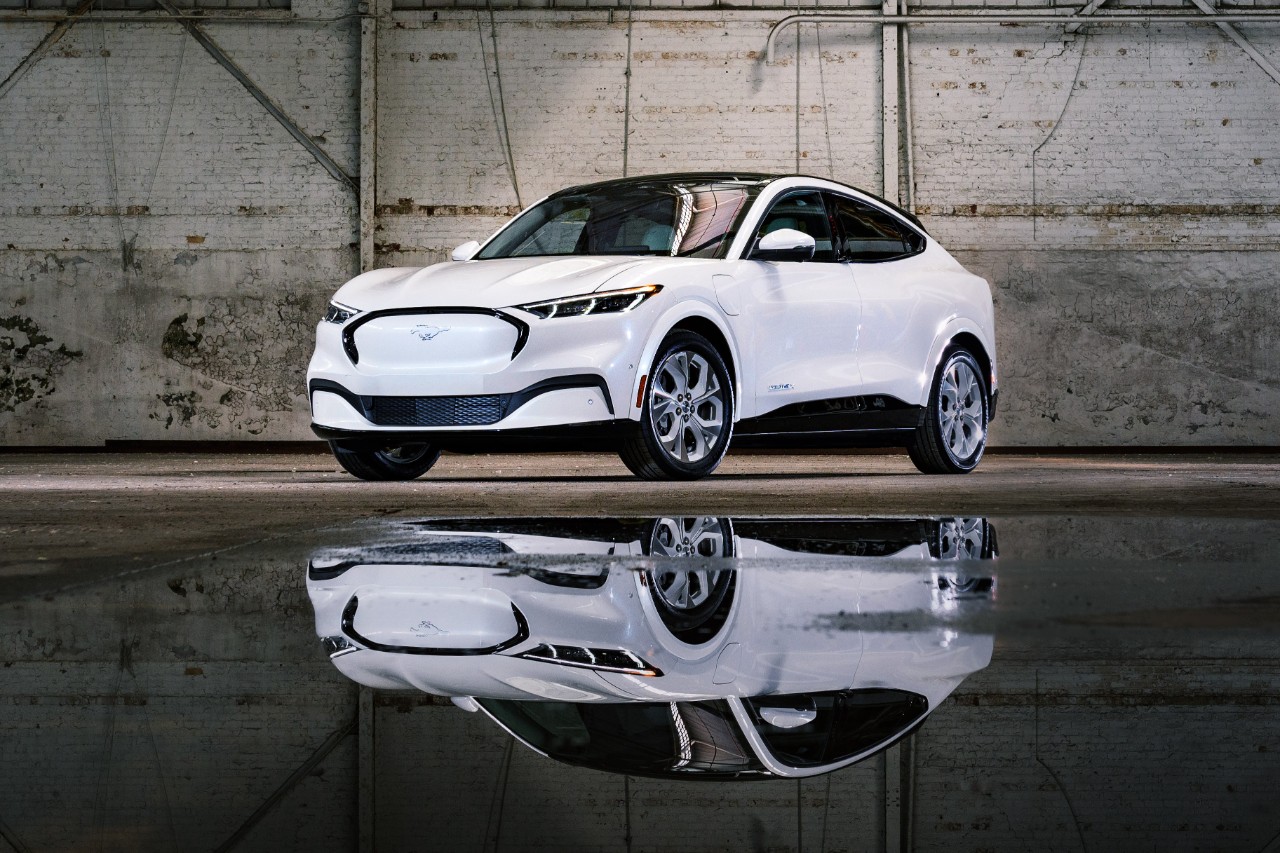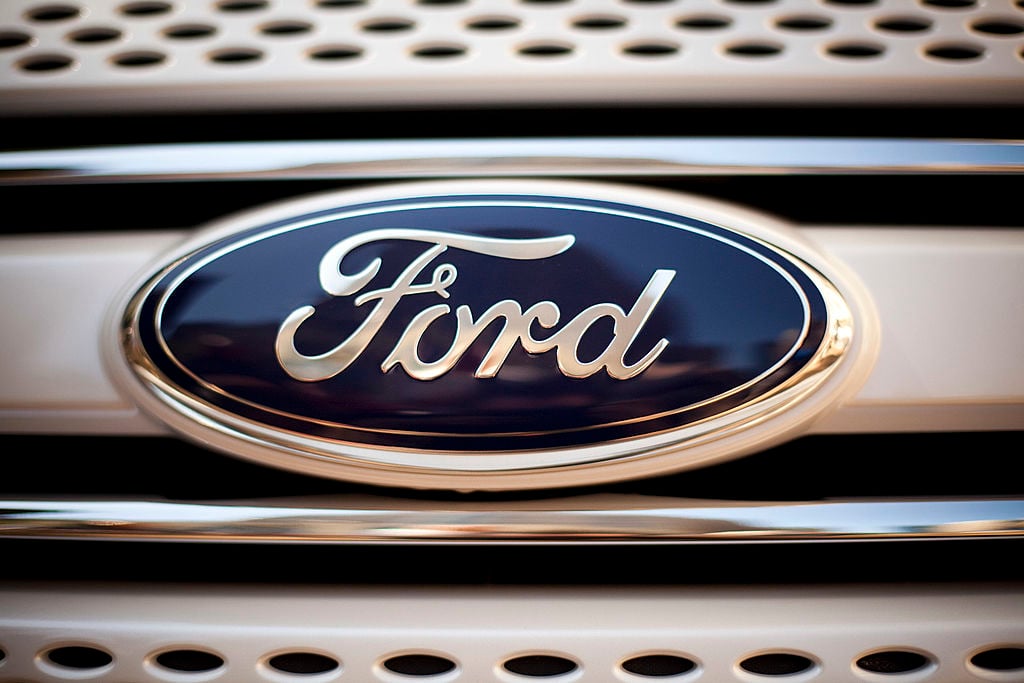Everybody enjoys a little bit of luxury in their life. I'm not talking about that towel warmer you received for Christmas last year, I'm talking about consumers continuing to step up to the luxury vehicle segment. It's becoming a huge part of how global automakers separate themselves from their competition, drive profits higher, and thus become market-beating investments.
Let's take a closer look at what makes the luxury segment so valuable, and how Lincoln's next global move will be vital to Ford Motor Company's (F 0.22%) success over the long term.
Show me the money!
Many investors overlook the luxury segment in monthly sales reports, and that's a huge mistake. Sure, Ford's Fusion may have outsold the entire Lincoln brand in the U.S. alone last year, three times over, but each Lincoln sold is worth much more to the bottom line.
For an example, let's take a look at a competitor's luxury brand. Volkswagen's namesake brand sold more than three times the vehicles that its Audi luxury brand sold last year. Yet Audi generated 73% more operating profit than the Volkswagen brand did. That theme holds true elsewhere as well:

2020 information estimated by Ford. Source: Ford's Investor Day presentation.
Despite the luxury segment representing less than 10% of sales in the U.S. last year, it represents roughly 30% of the industry's profit pool, according to Ford. That's a big deal.
Furthermore, as Ford looks to increase its market share, its weakest link is a great spot to start.

Source: Ford's Investor Day presentation.
It's no shocker that Ford's best market share is in full-size trucks; that's what Detroit automakers have long been known for. What's shocking, though, is how truly insignificant Lincoln has become in the luxury segment -- 1.2% of the luxury market is unacceptable for a global automaker such as Ford. Its weak presence in the luxury market is one reason Ford's price-to-earnings ratio isn't near that of its competitors, which boast successful luxury vehicle lineups. As you can see below, since 2000, Lincoln sales have trended downward on a graph that resembles a stairway to nowhere.

Graph by author. Data source: Ford Motor Company.
So, what's a global automaker gotta do to drive luxury sales higher?
There goes the money
Not surprisingly, to improve Lincoln's ability to steal market share from competitors, Ford plans to inject $2.5 billion into its struggling luxury lineup by 2020. A large chunk of that investment will take place in 2018 and 2019 when it launches two all-new vehicles to bring the lineup count to eight.

Lincoln's 2015 MKC. Source: Ford/Lincoln Motor Company.
The good news is that Ford's recent all-new luxury vehicle, the 2015 Lincoln MKC, has proven that new Lincoln vehicles can take substantial market share. When the MKC hit the markets in May, it carved out a meager 2.6% of the U.S. small luxury utility segment. The MKC's market share quickly ballooned to 7.1% in July before reaching 9.7% in October -- maybe all those Matthew McConaughey ad spoofs paid off, after all.
While Lincoln's redesigned MKZ and all-new MKC give investors hope for a future lineup that can increase market share globally and haul in larger profits, the key market development looks to be in China. In fact, the U.S. and China are expected to represent nearly 50% of global luxury sales by 2020.
Will China buy into Lincoln?
Ironically, while many U.S. consumers are quick to point out the old stereotype that Lincolns are simply rebadged Ford vehicles -- something Lincoln is trying to disprove going forward -- Chinese consumers hold Lincoln vehicles in high regard. In fact, according to Ford's market research, Chinese consumers rank the Lincoln brand ahead of the top foreign luxury brand, Audi, in prestige. They also ranked Lincoln's quality right in line with Japanese competitor Toyota's Lexus.
While those opinions are unheard of in the U.S., Lincoln will surely take the favorable Chinese sentiment and run with it. By the time we flip the calendar to 2015, Lincoln will have opened eight stores in China, selling only the MKC and MKZ. By the time we flip the calendar to 2016, Lincoln's store count in China will have surged to 60 in 50 cities. Having Lincoln start with its freshest products in the largest cities could help kick-start the luxury brand's sales in the world's largest automotive market.
There are many hurdles, and this is a baby step in the grand scheme of things for Ford's struggling lineup. Lincoln's success or failure, especially in China, will remain a major topic for investors going forward as the potential profits from a booming luxury market will directly impact Ford's financial and stock price performance.






